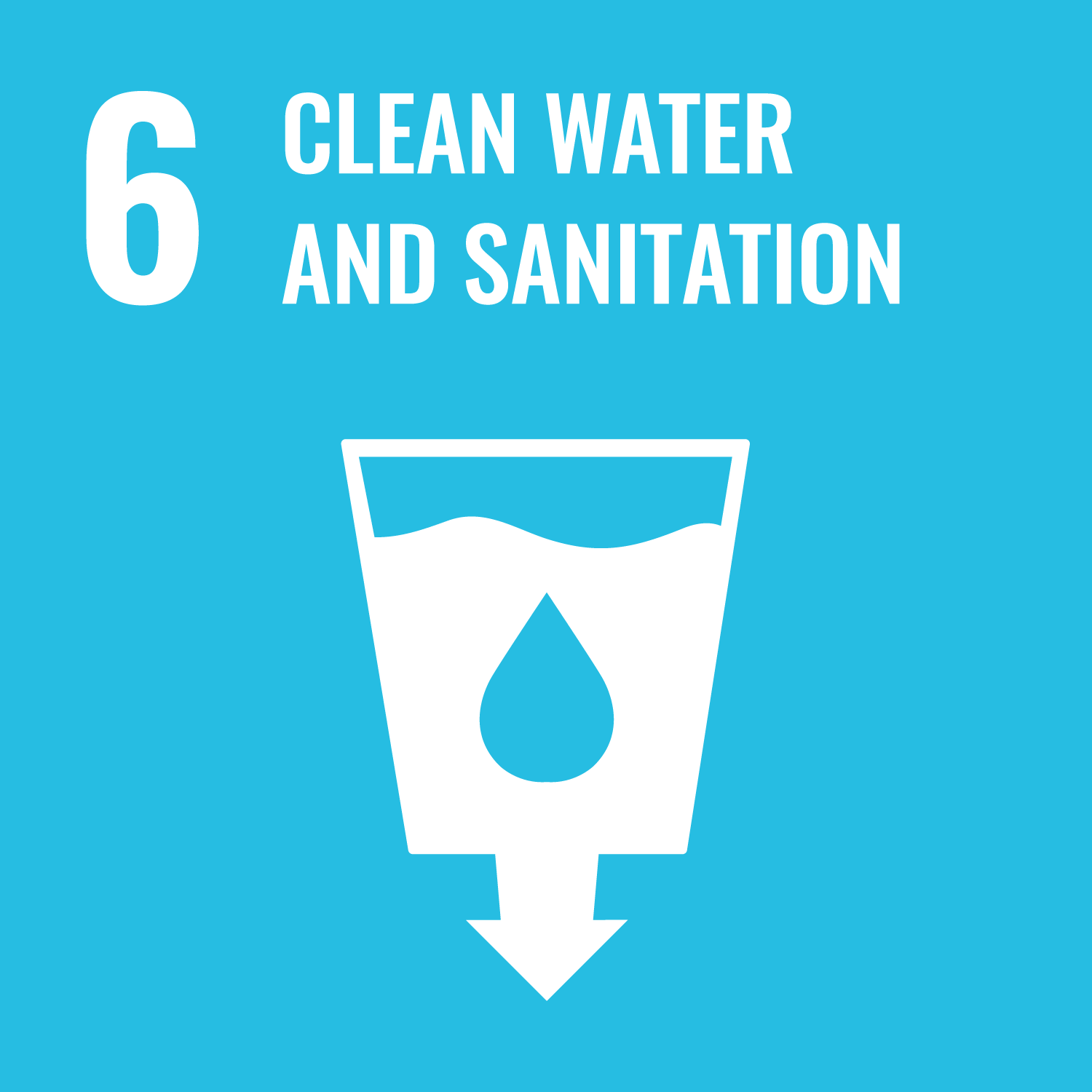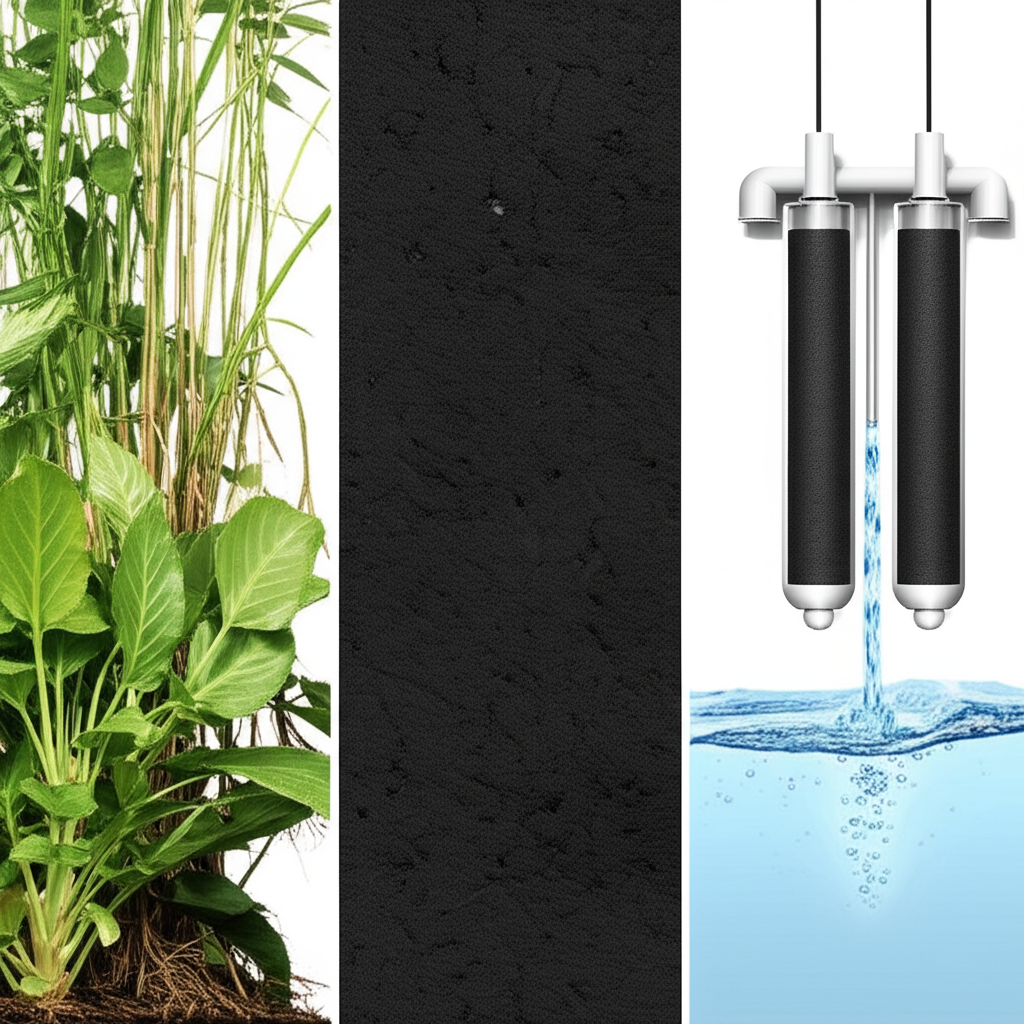Imagine a world where unwanted, rapidly spreading plants are not just a nuisance, but a valuable resource. Invasive plant species are a growing problem worldwide, choking out native ecosystems and causing economic damage. But what if we could transform these botanical bullies into tools for cleaning up our environment? Researchers at Universiti Teknologi Malaysia (UTM) are exploring exactly that, focusing on how to convert invasive plant biomass into activated carbons for effective dye removal from wastewater.
Activated carbons are materials known for their exceptional ability to trap and hold onto contaminants. They boast a highly porous structure, creating a vast surface area that can act like a sponge for pollutants. The UTM research reviews the process of turning invasive plants into these powerful adsorbents. The study highlights how factors like plant type, processing methods, and environmental conditions influence the activated carbon’s performance.
Remarkably, activated carbons derived from certain invasive plants, such as Leucaena leucocephala pods and cactus fruit peels, have demonstrated exceptionally high adsorption capacities, removing between 584.3 and 806.4 mg of organic dyes per gram of activated carbon. This showcases their potential to outperform traditional methods in certain applications. The UTM research emphasizes the ‘win-win’ scenario of this approach: controlling the spread of invasive species while simultaneously creating a sustainable solution for wastewater treatment. It’s a step toward achieving sustainable development goals and tackling pressing global environmental challenges. The study explores optimization techniques, adsorption models, mechanisms, and regeneration possibilities, providing a comprehensive understanding of the process.
Looking ahead, this research paves the way for wider adoption of this eco-friendly technology. Further studies can focus on optimizing the production process, testing the activated carbons on a broader range of pollutants, and scaling up the technology for real-world applications. By turning a problem into a solution, UTM researchers are contributing to a cleaner, more sustainable future.
https://doi.org/10.1016/j.envres.2025.121807


